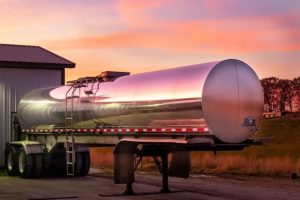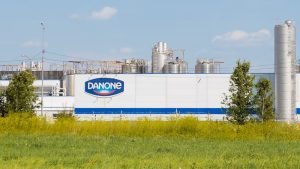
Breeding dairy cattle using beef semen started as a way to increase the profit for dairy steers by producing a black-hided calf. However, over the past few years, we have learned that mating decisions for beef x dairy crosses may be just as important as conventional mating decisions. Below are considerations for sire and dam selections when adopting a beef x dairy crossbreeding program.
Sire Selections
Bull selections should meet the following needs of the dairy operation and the feedlot operation in which the offspring will enter.
-Conception Rate – A 1% decrease in conception rate can cost a dairy farm around $25 per cow. Consider choosing bulls with acceptable conception rates that meet the other breeding goals.
-Calving Ease – Selections for calving ease can be a little more forgiving than conventional selections. Producers can select from the top 25% of calving ease beef sires because dairy cows commonly give birth to larger farmed dairy calves.
-Frame Size – The common issue that feedlots have with dairy steers and even early beef x dairy crosses is their large frame size. A larger frame size takes more time to fill out. Selecting for a smaller frame (bulls with frame scores under 5) can lead to smaller animals that are more feed efficient.
-Ribeye Area – Though well-finished dairy steers tend to have excellent marbling, they have a smaller, more elongated ribeye than their beef counterparts. Selecting bulls with higher ribeye expected progeny differences will result in a more desired carcass.
Dam Selections
When making the transition to using beef genetics, we do not want to compromise the genetic progress of the dairy operation. Many farms have had success using genomic testing to rank animals eligible for beef semen. However, genomic testing may not be feasible for all operations. Other considerations may include historic milk yield, number of breeding services, and past health events. Breeding considerations should be specific to meet the individual goals of the farm.
Maintaining the Number of Replacements
Another goal for the operation that needs to be considered is heifer inventory. Too liberal of selection criteria for using beef genetics can result in a decrease in dairy heifers. Keep constant heifer inventory to be sure the farm’s replacement needs are being met.























